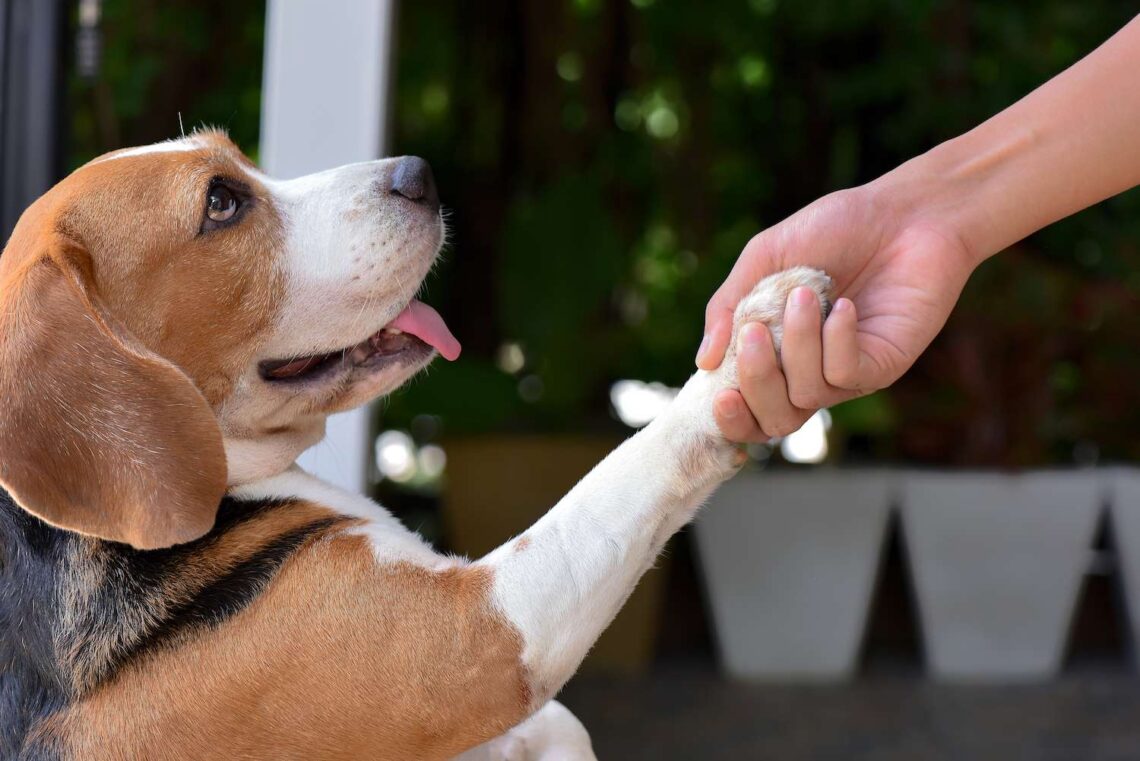Pet training is essential to pet ownership, and pet owners need to understand the most effective methods for training their pets. Positive reinforcement is a highly recommended training method that has been proven successful in pet training. This article will explore positive reinforcement and how it can be used to train pets successfully.
What is Positive Reinforcement?

Source: unsplash.com
Positive reinforcement is a training method that focuses on rewarding good behaviour. This approach to training emphasizes the positive aspects of pet behaviour and encourages the repetition of desired behaviours.
The basic idea behind positive reinforcement is that when a pet receives a reward for good behaviour, they are more likely to repeat that behaviour in the future. The tip acts as a reinforcement and increases the chances that the pet will repeat the behaviour.
Positive reinforcement is a gentle and effective training method that is widely used by professional pet trainers and pet owners alike. It is based on the principle that pets will repeat behaviours that are rewarded and will stop behaviours that are not.
This approach to training is particularly effective because it taps into a pet’s instinct to seek rewards and reinforces desired behaviours in a way that is not stressful for the pet.
Benefits of Positive Reinforcement
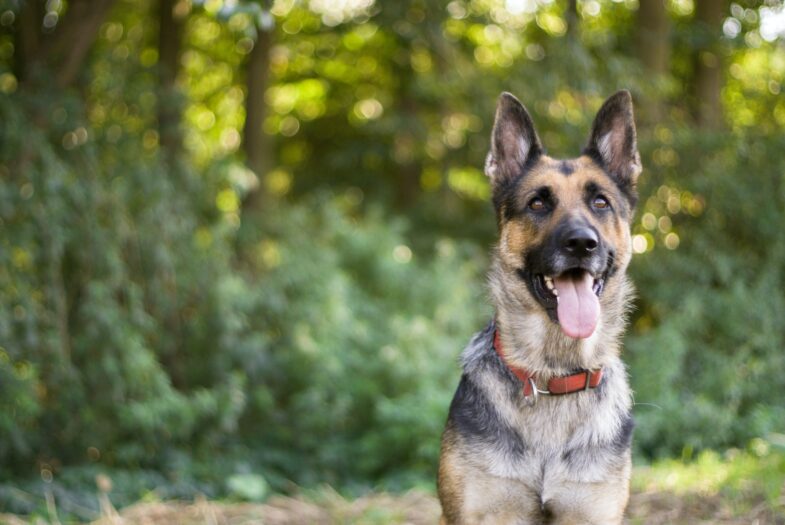
Source: unsplash.com
There are many benefits of using positive reinforcement in pet training, including:
Encourages Desired Behaviour
By rewarding good behaviour, pet owners can encourage the repetition of that behaviour. This can help pet owners achieve their training goals faster and more effectively.
Builds Trust
When pets are consistently rewarded for good behaviour, they build trust in their owners and are more likely to respond to future training. This can help pet owners create a strong bond with their pets, making it easier to train them in the future.
Increases Motivation
Positive reinforcement increases a pet’s motivation to perform well, which can result in faster training and more consistent behaviour. Pets that are motivated to serve well are more likely to be successful in training and are more likely to retain the skills they learn.
Reduces Stress
Positive reinforcement training is less stressful for pets compared to other training methods, which can reduce the risk of behavioural problems. Pets trained using positive reinforcement are less likely to develop behavioural issues, such as anxiety and aggression, which can harm both the pet and the owner.
Strengthens the Bond Between Pet and Owner
Positive reinforcement training strengthens the bond between pet and owner, creating a positive and enjoyable experience for both. Pets that are trained using positive reinforcement are more likely to be happy and confident, which can improve their overall quality of life.
How to Implement Positive Reinforcement in Pet Training?
Here are some tips for using positive reinforcement in pet training:
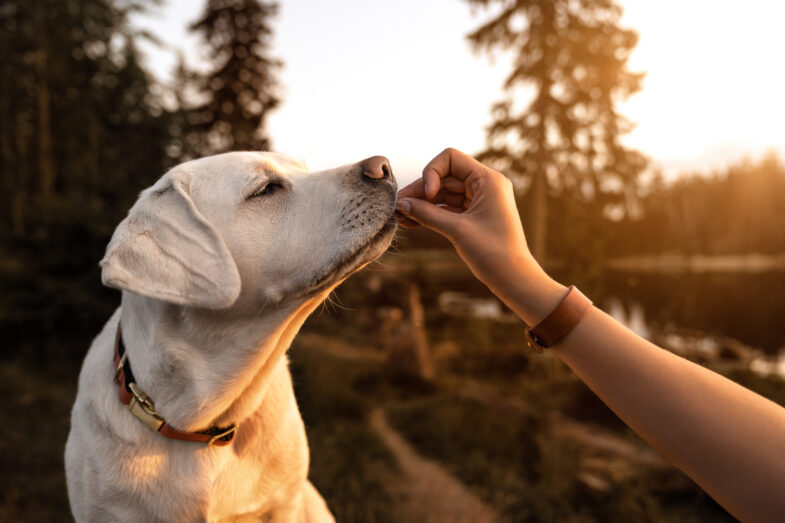
Source: blog.smartanimaltraining.com
Choose the Right Rewards
Choose rewards that are meaningful to your pet. This may include treats, toys, or praise. Pets are motivated by different rewards, so it is important to choose rewards that your pet will find rewarding.
Timing is Key
Reward your pet as soon as possible after they perform the desired behaviour. This reinforces the connection between the behaviour and the reward and increases the chances that your pet will repeat the behaviour.
Be Consistent
Consistently reward good behaviour for increasing the chances that your pet will repeat the behaviour. Pet owners should reward their pets every time they perform the desired behaviour so that the pet learns to associate the behaviour with the reward.
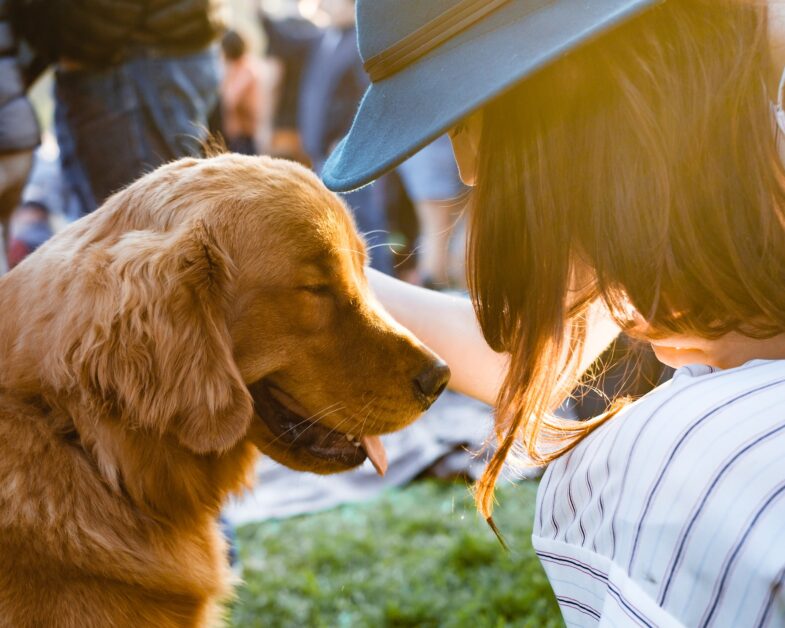
Source: unsplash.com
Be patient
Training can take time, so pet owners should be patient and consistent. It is important to remember that not all pets learn at the same pace, so pet owners should not become frustrated or discouraged if their pet does not respond immediately to the training.
Make It Fun
Pet training should be a fun and enjoyable experience for both the pet and the owner. Pet owners should make training sessions short and engaging, so their pet remains motivated and interested in learning.
Avoid Punishment
Punishment can be counterproductive in pet training and harm the bond between pet and owner. Instead of punishing a pet for misbehaving, pet owners should redirect the pet’s attention to more appropriate behaviour and reward them when they comply.
Gradual Training
Start with simple training tasks and gradually increase the difficulty as the pet becomes more confident and skilled. This will help the pet feel successful and motivated to continue learning. Also, help your pet familiarise themselves with the electric dog fence kit click here. This will help them be safe from unwanted dangers when the owner or other family member is not around.
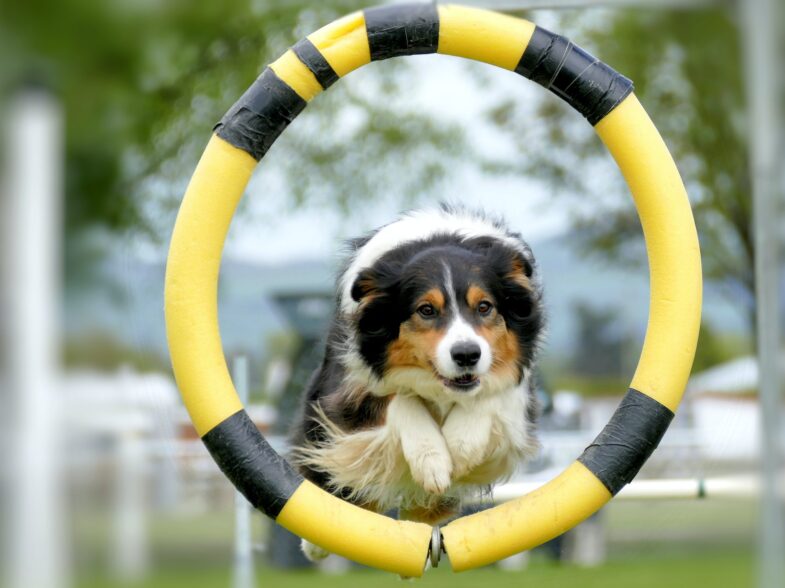
Source: unsplash.com
Practice Regularly
Regular training sessions will help your pet retain its learned skills and improve its behaviour. Pet owners should set aside time daily for training and incorporate it into their daily routines.
Positive reinforcement is a gentle approach to pet training that can help owners achieve their training goals faster and more effectively. By consistently rewarding good behaviour, pet owners can encourage the repetition of desired behaviours, reduce stress and increase motivation in their pets. With patience and consistent effort, pet owners can achieve a well-trained pet and enjoy a strong bond with their furry friend.

